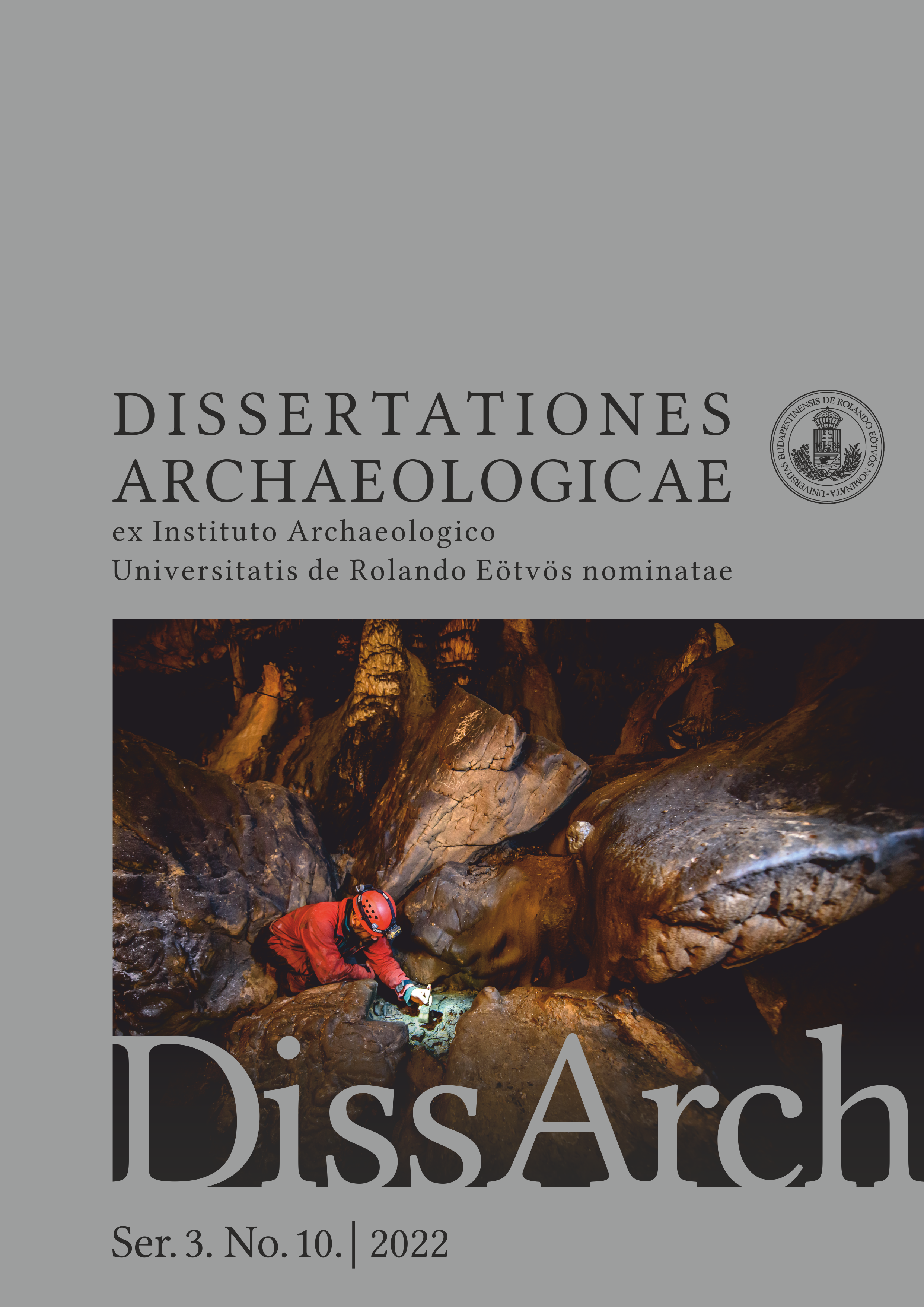The Legionary Tilery of Brigetio and the Late Roman Watchtower at Kurucdomb: The 1934–1935 Excavation of István Paulovics at Komárom/Szőny-Kurucdomb with a Catalogue of the Brick Stamps
Published 2023-03-31
How to Cite
Abstract
Modern excavations have been going on with increasing intensity for three decades in the Roman settlement complex of Brigetio (Komárom/Szőny, Hungary). Through these investigations, our knowledge about the topography and the building phases of the legionary fortress and the civil town has multiplied. However, new information can also be acquired by revisiting unpublished or poorly published past excavations. The Komárom/Szőny-Kurucdomb (Hungary) archaeological site was first explored by István Paulovics in 1934 when he found the legionary tilery of Brigetio and a Late Roman watchtower. He only published two contradictory short reports about his findings which left us with more questions than answers. By looking into the original documentation of the excavations and assessing the descriptions, drawings, and photos, valuable new data was gained about the watchtower and the legionary tilery. The study's key results are the following: contrary to former belief, tile production had not ceased before the watchtower was built but continued in the kilns beside it. Besides the two published rectangular tile kilns, another three kilns were found on the site, a rectangular and two circular ones. The more than four hundred brick stamps collected but left unpublished indeed represent all phases of the Roman settlement complex, from the end of the first century to the end of the fourth century AD. Some of them were formerly unknown, the most important of which reads VEXIL II K, which probably means Vexil(lationes) II (duae) K(arnuntinenses) and refers to the vexillations of the legio XIIII Gemina Martia Victrix and the legio XV Apollinaris.


